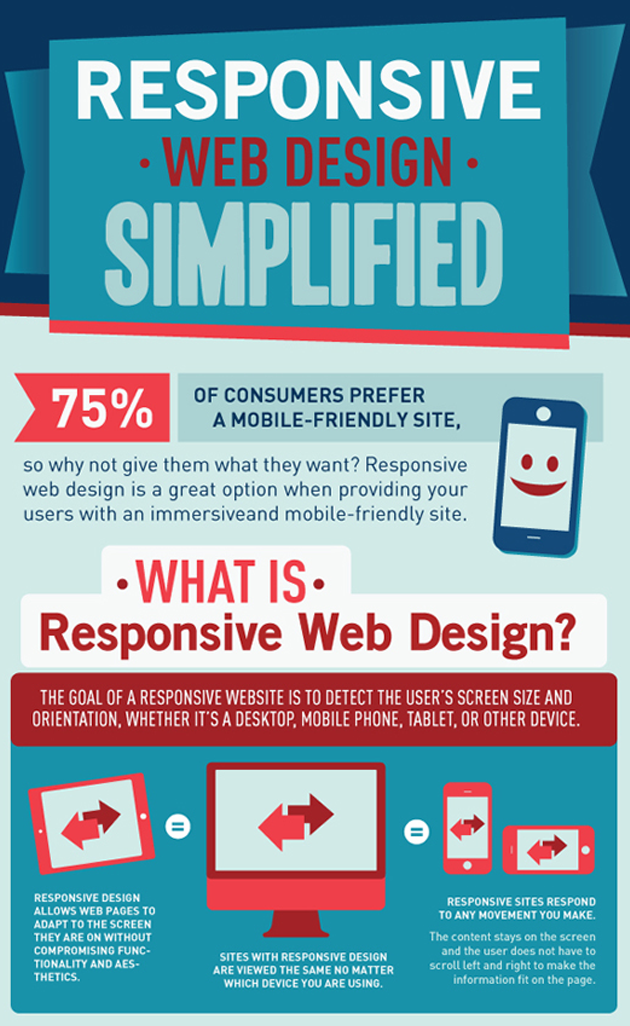Fascinated In Learning How Web Site Layout Has Evolved? Explore The Journey From Straightforward Styles To User-Centric Approaches
Fascinated In Learning How Web Site Layout Has Evolved? Explore The Journey From Straightforward Styles To User-Centric Approaches
Blog Article
Post Produced By-Dalrymple Wong
In the past, internet sites were simple and focused on details. Navigating was direct, and layout was for desktops. Now, individual experience is essential. Data overviews layouts for simple navigating. Receptive layouts suit various devices. Today, dark setting lowers pressure, and minimalist menus enhance navigating. Interactive attributes engage individuals, and bold visuals stand out. AI integration enhances interaction. See exactly how layout has advanced to boost your online trip.
Early Days of Website Design
In the early days of web design, simpleness reigned supreme. Websites were basic, with minimal colors, typefaces, and formats. The focus was on supplying information as opposed to fancy visuals. Customers accessed the net via sluggish dial-up links, so speed and functionality were vital.
Navigation food selections were straightforward, usually situated at the top or side of the web page. https://httpswwwsearchenginejourn19864.bloginder.com/30470627/understanding-neighborhood-seo-essential-information-for-small-business-owners were made for computer, as mobile surfing wasn't yet common. Content was king, and designers prioritized simple readability over intricate style components.
HTML was the primary coding language made use of, and developers needed to work within its restrictions. Animations and interactive features were very little contrasted to today's requirements. Internet sites were static, with little dynamic content or tailored customer experiences.
Surge of User-Focused Layout
With the advancement of website layout, a shift in the direction of user-focused design principles has actually ended up being increasingly famous. Today, creating internet sites that prioritize customer experience is essential for involving site visitors and achieving organization objectives. User-focused design includes understanding the requirements, choices, and actions of your target market to tailor the site's layout, content, and features accordingly.
Designers now conduct extensive research, such as individual surveys and functionality testing, to collect insights and responses directly from users. This data-driven strategy helps in developing intuitive navigating, clear calls-to-action, and visually attractive interfaces that reverberate with visitors. By positioning the customer at the facility of the style procedure, web sites can supply a more customized and enjoyable experience.
Responsive design has also become a key aspect of user-focused design, guaranteeing that internet sites are enhanced for various tools and display dimensions. This flexibility boosts availability and use, dealing with the diverse methods individuals interact with internet sites today. In essence, the increase of user-focused design symbolizes a change in the direction of developing electronic experiences that prioritize the demands and assumptions of completion user.
Modern Trends in Web Design
Explore the latest trends forming website design today. One famous pattern is dark mode design, supplying a smooth and modern-day look while lowering eye strain in low-light environments. One more vital fad is minimal navigating, streamlining food selections and improving individual experience by concentrating on essential elements. Integrating micro-interactions, such as computer animated switches or scrolling results, can produce a more interesting and interactive web site. Receptive style continues to be important, guaranteeing seamless customer experiences across various tools. In https://adrants.com/2021/11/local-seo-tips-to-grow-your-business-in.php , utilizing vibrant typography and unbalanced layouts can include visual rate of interest and accentuate particular content.
Incorporating AI innovation, like chatbots for client support or tailored referrals, enhances user involvement and simplifies procedures. Ease of access has also become a considerable trend, with developers focusing on comprehensive style practices to accommodate diverse individual demands. Embracing sustainability by optimizing internet site efficiency for rate and efficiency is another arising trend in website design. Teaming up with user feedback and data analytics to repeat and boost layout continually is vital for remaining pertinent in the ever-evolving digital landscape. By welcoming these modern fads, you can create an aesthetically appealing, straightforward internet site that reverberates with your target market.
Final thought
As you reflect on the development of web site design from the very early days to currently, you can see how user-focused design has ended up being the driving force behind contemporary trends.
Welcome the trip of adjustment and adjustment in web design, always maintaining the user experience at the center.
Keep current with the current fads and modern technologies, and never stop progressing your method to produce visually stunning and user-friendly web sites.
Develop, adapt, and develop - the future of web design is in your hands.
